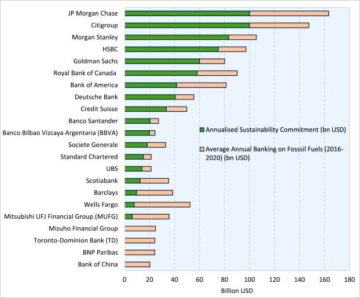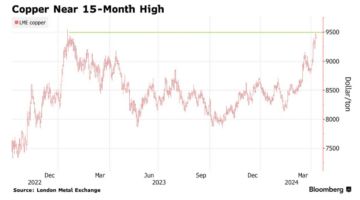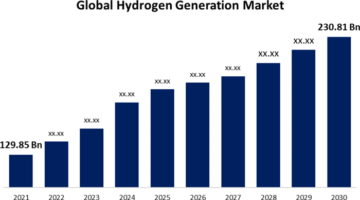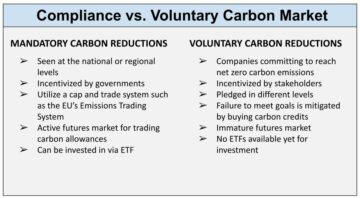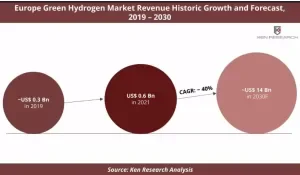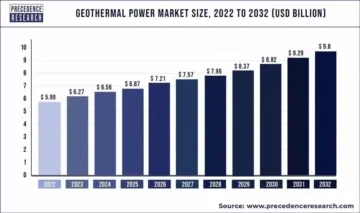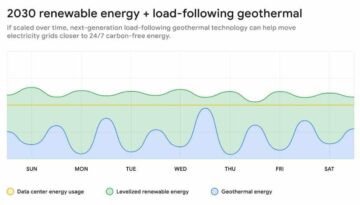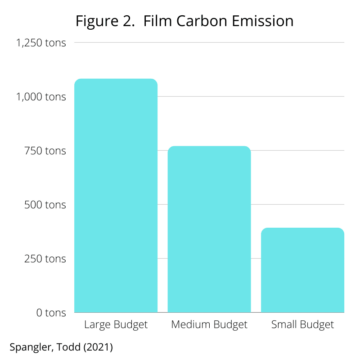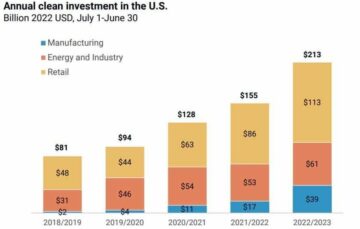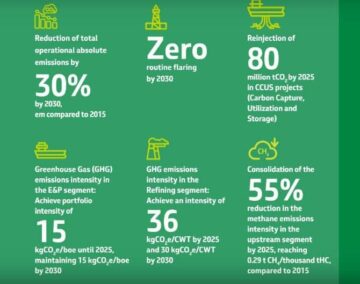The Environmental Protection Agency (EPA) recently finalized stringent greenhouse gas (GHG) standards for medium and heavy-duty trucks from model years 2027 to 2032. Despite constituting less than 6% of vehicles on the road, these trucks emit 25% of the transportation sector’s greenhouse gases. They release significant levels of air pollutants linked to various health issues.
The finalized standards, “Greenhouse Gas Emissions Standards for Heavy-Duty Vehicles – Phase 3”, aim to reduce GHG emissions by up to 60% by 2032. This target would prevent 1 billion metric tons of carbon pollution and 55,000 tons of smog pollution.
The standards are technology-neutral, allowing manufacturers to meet targets through various means such as electric powertrains, and hydrogen fuel cells.
The finalization of the truck rule follows closely on the heels of the EPA’s recent completion of tailpipe emission standards for light- and medium-duty vehicles covering the same model years. Additionally, the agency had previously strengthened emission limits for nitrogen and particulate matter from trucks in 2023.
EPA’s Push for Cleaner Transportation
Trucks and other heavy-duty vehicles play a crucial role in the United States economy, facilitating the transportation of goods, freight, and providing essential services across various sectors such as industry and transit. However, they also contribute substantially to the nation’s GHG emissions.
According to the EPA, the transportation sector is the largest contributor to climate-warming pollution in the United States. In 2021, it accounted for 28% of the nation’s carbon footprint. Addressing emissions from this sector is pivotal for the country to fulfill its Paris Agreement commitments.
These commitments include halving GHG emissions from 2005 levels by 2030 and achieving net zero emissions by 2050. Therefore, efforts to curb transportation emissions play a crucial role in advancing national and global climate goals.
Moreover, the finalized standards will also bring significant societal benefits, including health improvements and fuel cost savings. These savings are estimated to amount to $300 billion by 2055.
Moreover, the regulations will notably benefit poorer urban communities, which often bear the brunt of pollution from older diesel trucks concentrated around ports and industrial areas.
Industry support for cleaner standards is strong, with major players like Ford, Cummins, BorgWarner, and Eaton endorsing them. Leading manufacturers such as Daimler have ambitious goals for carbon-neutral vehicles, with projections of a significant market share for zero-emission trucks by 2030.
The federal agency said that the implementation of the new standards can significantly increase the adoption of zero-emissions trucks. Thus, there would be a substantial reduction in the industry’s reliance on fossil fuels.
Electric Revolution: Market Growth and Industry Shifts
Market demand for electric heavy-duty vehicles is growing rapidly, driven by investments from major fleet operators like PepsiCo and Walmart. Currently, there are nearly 13,000 electric medium and heavy-duty trucks on the road, which could increase substantially in the coming years.
The declining costs of electric trucks, coupled with fuel and maintenance savings, make them increasingly attractive economically. By 2030, electric heavy-duty trucks are projected to be cheaper than their diesel counterparts, even without incentives. Additionally, drivers appreciate their quieter and cleaner operation compared to diesel trucks.
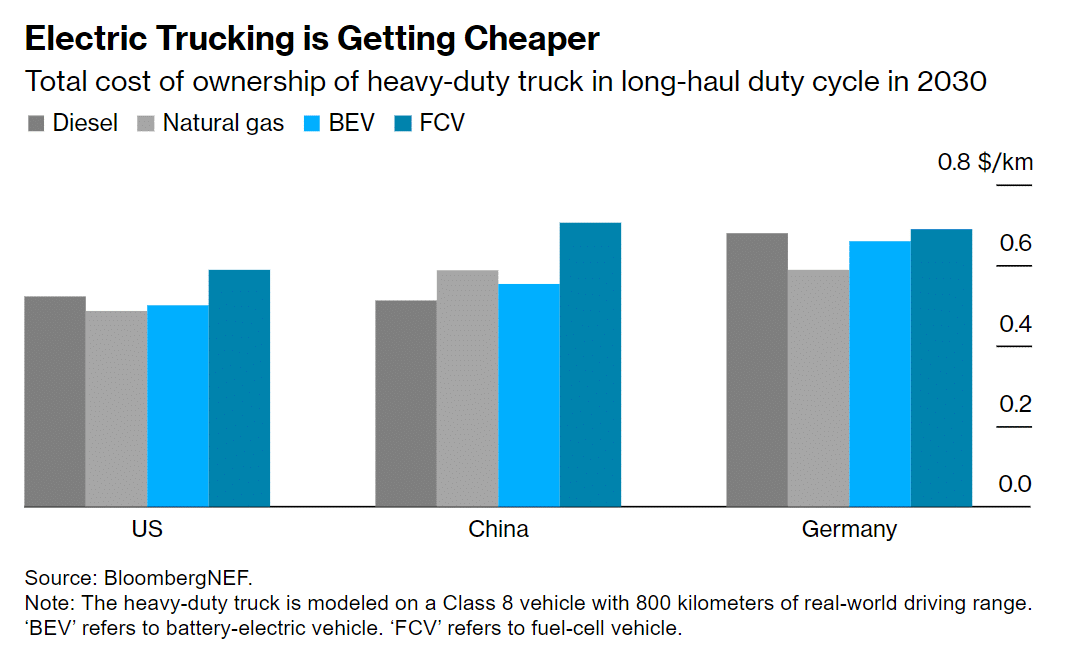

According to the EPA, diesel demand within the industry will decrease by 120 billion gallons by 2055. It will also be accompanied by a corresponding decline of 15 billion gallons in gasoline demand. This shift underscores the standards’ pivotal role in driving the transition towards cleaner transportation technologies and reducing GHG emissions.
Truck manufacturers are making significant investments in transitioning to zero-emission vehicles, signaling a shift away from diesel.
Daimler, the largest heavy-duty vehicle manufacturer in the U.S., aims to sell entirely carbon-neutral vehicles by 2039. In July, Daimler projected that zero-emission vehicle sales would make up 40% of their North American market share by 2030.
Similarly, Navistar and Volvo Trucks have set ambitious goals to sell 50% zero-emission trucks by 2030.
These investments align with the increasing demand for electric heavy-duty vehicles. The four largest private tractor fleets in the nation—PepsiCo, Walmart, Sysco, and US Foods—are heavily investing in electric trucks. Republic Services, a large waste disposal fleet, anticipates that EVs will make up half of its new truck purchases by 2028.
Road Ahead: Impact, Challenges, and Outlook
While electric passenger cars and light trucks initially led the growth in electric vehicles, commercial trucks are rapidly catching up.
Research from BloombergNEF forecasts another record year for commercial electric truck sales in 2024, and the global electric truck market is expected to nearly quadruple from $17.8 billion in 2022 to $65 billion in 2032.
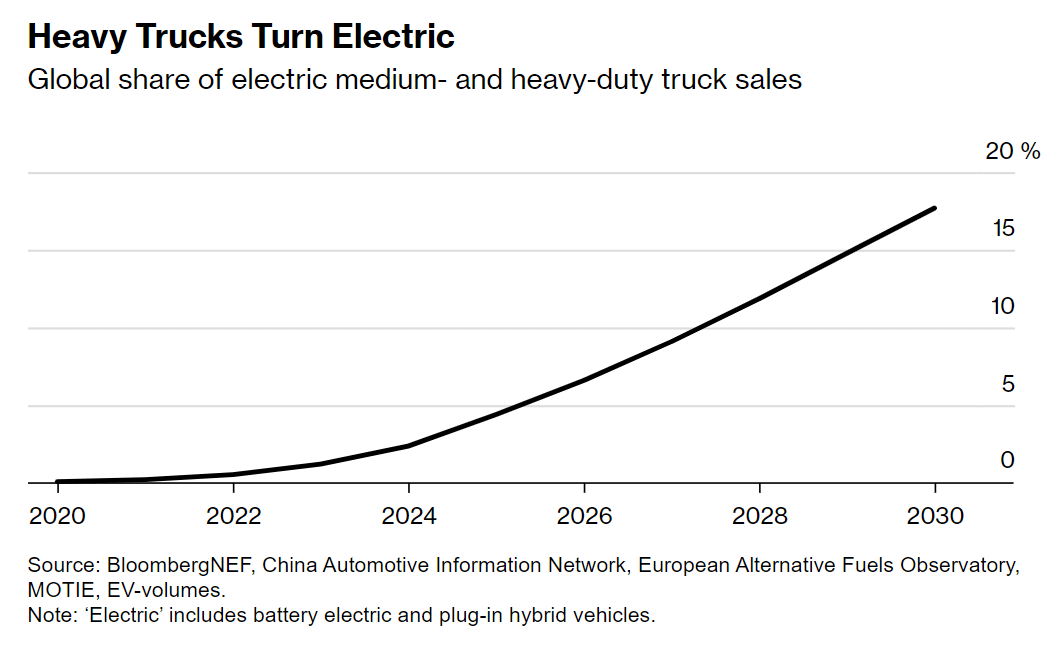

Overall, The EPA’s final rule provides market certainty, enabling companies to set long-term goals and investment strategies. These regulations align with the Biden administration’s broader climate goals, complementing initiatives like the Clean Car program. By reducing transportation emissions, they contribute to cleaner air, protect public health, and advance sustainability for future generations.
However, the projected additional costs for the heavy-duty industry weren’t welcomed by some US oil majors. Trade groups like The American Petroleum Institute and the American Fuel and Petrochemical Manufacturers hailed the new rule “unlawful EV mandate for heavy trucks”.
But for President Biden’s National Climate Advisor Ali Zaidi, the finalized GHG standards are a great policy initiative, noting that:
“By tackling pollution from heavy-duty vehicles, we can unlock extraordinary public health, climate, and economic gains.”
- SEO Powered Content & PR Distribution. Get Amplified Today.
- PlatoData.Network Vertical Generative Ai. Empower Yourself. Access Here.
- PlatoAiStream. Web3 Intelligence. Knowledge Amplified. Access Here.
- PlatoESG. Carbon, CleanTech, Energy, Environment, Solar, Waste Management. Access Here.
- PlatoHealth. Biotech and Clinical Trials Intelligence. Access Here.
- Source: https://carboncredits.com/new-epa-ghg-standards-for-trucks-to-cut-60-emissions-by-2032/
- :is
- $UP
- 000
- 1
- 120
- 13
- 15%
- 2005
- 2021
- 2022
- 2023
- 2024
- 2028
- 2030
- 2050
- 55
- 8
- a
- accompanied
- accounted
- achieving
- across
- Additional
- Additionally
- addressing
- Adoption
- advance
- advancing
- advisor
- agency
- Agreement
- ahead
- aim
- aims
- AIR
- align
- Allowing
- also
- ambitious
- American
- amount
- and
- Another
- anticipates
- appreciate
- ARE
- areas
- around
- AS
- attractive
- away
- BE
- Bear
- benefit
- benefits
- biden
- Billion
- Bloomberg
- bring
- broader
- by
- CAN
- car
- carbon
- carbon footprint
- Carbon-neutral
- cars
- catching
- certainty
- challenges
- cheaper
- clean
- cleaner
- Climate
- closely
- coming
- coming years
- commercial
- commitments
- Communities
- Companies
- compared
- complementing
- completion
- Concentrated
- contribute
- contributor
- Corresponding
- Cost
- cost savings
- Costs
- could
- counterparts
- country
- coupled
- covering
- crucial
- curb
- Currently
- Cut
- Daimler
- Decline
- Declining
- decrease
- Demand
- Despite
- diesel
- disposal
- driven
- drivers
- driving
- Economic
- economically
- economy
- efforts
- Electric
- electric vehicles
- emission
- Emissions
- enabling
- Endorsing
- entirely
- environmental
- Environmental Protection Agency
- EPA
- essential
- essential services
- estimated
- Ether (ETH)
- EV
- Even
- evs
- expected
- extraordinary
- facilitating
- false
- Federal
- final
- finalization
- finalized
- FLEET
- follows
- Footprint
- For
- Ford
- forecasts
- fossil
- fossil fuels
- four
- freight
- from
- Fuel
- fuels
- Fulfill
- future
- Gains
- GAS
- gasoline
- generations
- GHG
- GHG emissions
- Global
- Goals
- goods
- great
- greenhouse gas
- Group’s
- Growing
- Growth
- had
- Half
- Halving
- Have
- Health
- heavily
- heavy
- heavy-duty
- However
- HTTPS
- Impact
- implementation
- improvements
- in
- Incentives
- include
- Including
- Increase
- increasing
- increasingly
- industrial
- industry
- industry’s
- initially
- Initiative
- initiatives
- Institute
- investing
- investment
- Investments
- issues
- IT
- ITS
- July
- large
- largest
- leading
- Led
- less
- levels
- light
- like
- limits
- linked
- long-term
- maintenance
- major
- Majors
- make
- Making
- mandate
- Manufacturer
- Manufacturers
- Market
- market share
- Matter
- max-width
- means
- medium
- Meet
- metric
- model
- National
- Nations
- nearly
- New
- North
- notably
- noting
- of
- often
- Oil
- older
- on
- operation
- operators
- Other
- paris
- Paris Agreement
- pepsico
- Petroleum
- phase
- pivotal
- plato
- Plato Data Intelligence
- PlatoData
- Play
- players
- policy
- Pollution
- poorer
- ports
- president
- prevent
- previously
- private
- Program
- projected
- projections
- protect
- protection
- provides
- providing
- public
- public health
- purchases
- Push
- rapidly
- recent
- recently
- record
- reduce
- reducing
- reduction
- regulations
- release
- reliance
- Republic
- Revolution
- road
- Role
- Rule
- s
- Said
- sales
- same
- Savings
- sector
- Sectors
- sell
- Services
- set
- Share
- shift
- significant
- significantly
- societal
- some
- standards
- States
- strategies
- strengthened
- stringent
- strong
- substantial
- substantially
- such
- support
- Sustainability
- tackling
- Target
- targets
- Technologies
- than
- that
- The
- their
- Them
- There.
- therefore
- These
- they
- this
- Through
- Thus
- to
- tons
- towards
- trade
- transit
- transition
- transitioning
- transportation
- truck
- Trucks
- u.s.
- underscores
- United
- United States
- unlock
- urban
- us
- US oil
- various
- vehicle
- Vehicles
- volvo
- vs
- Walmart
- Waste
- we
- welcomed
- which
- will
- with
- within
- without
- would
- year
- years
- zaidi
- zephyrnet
- zero

